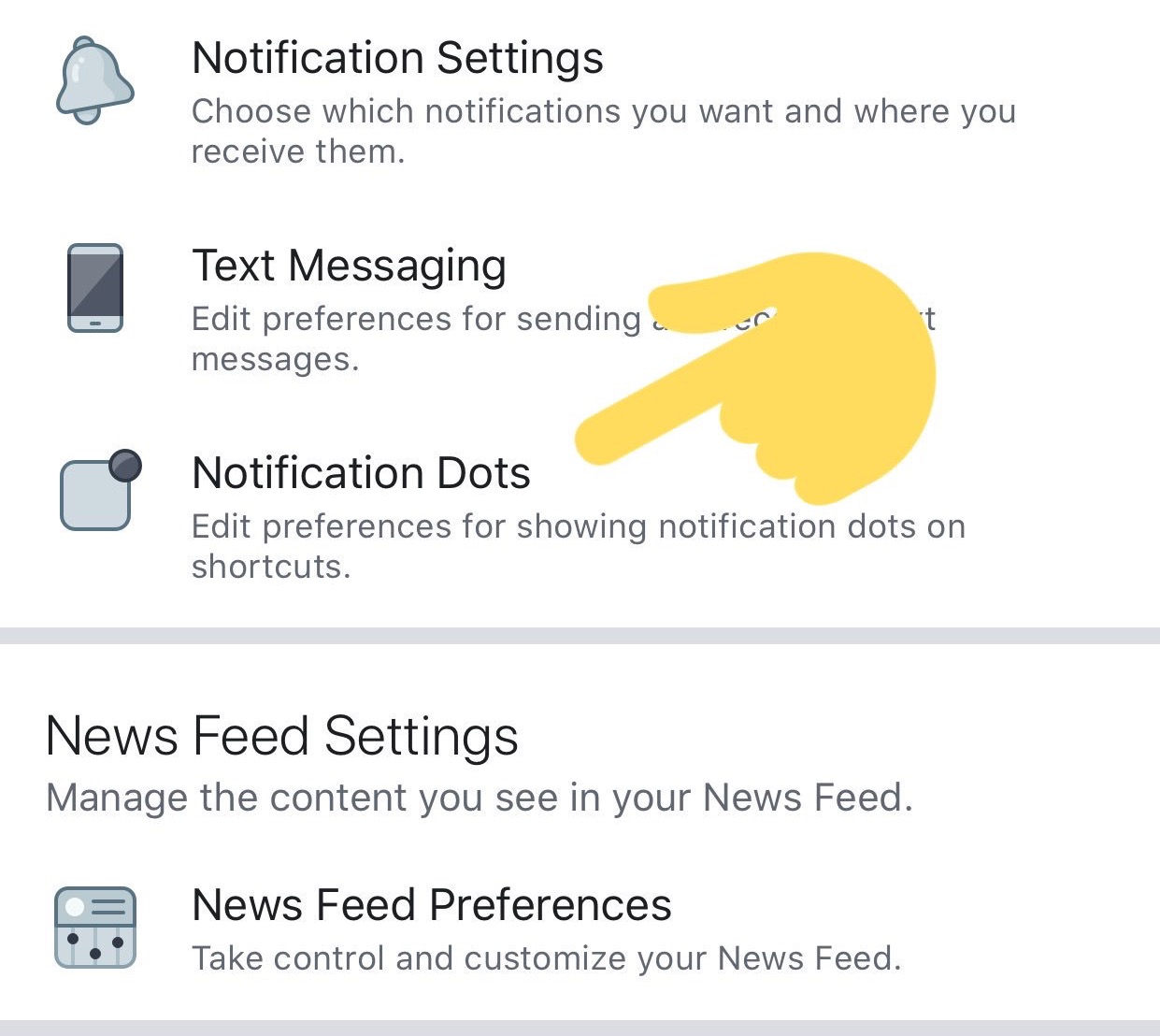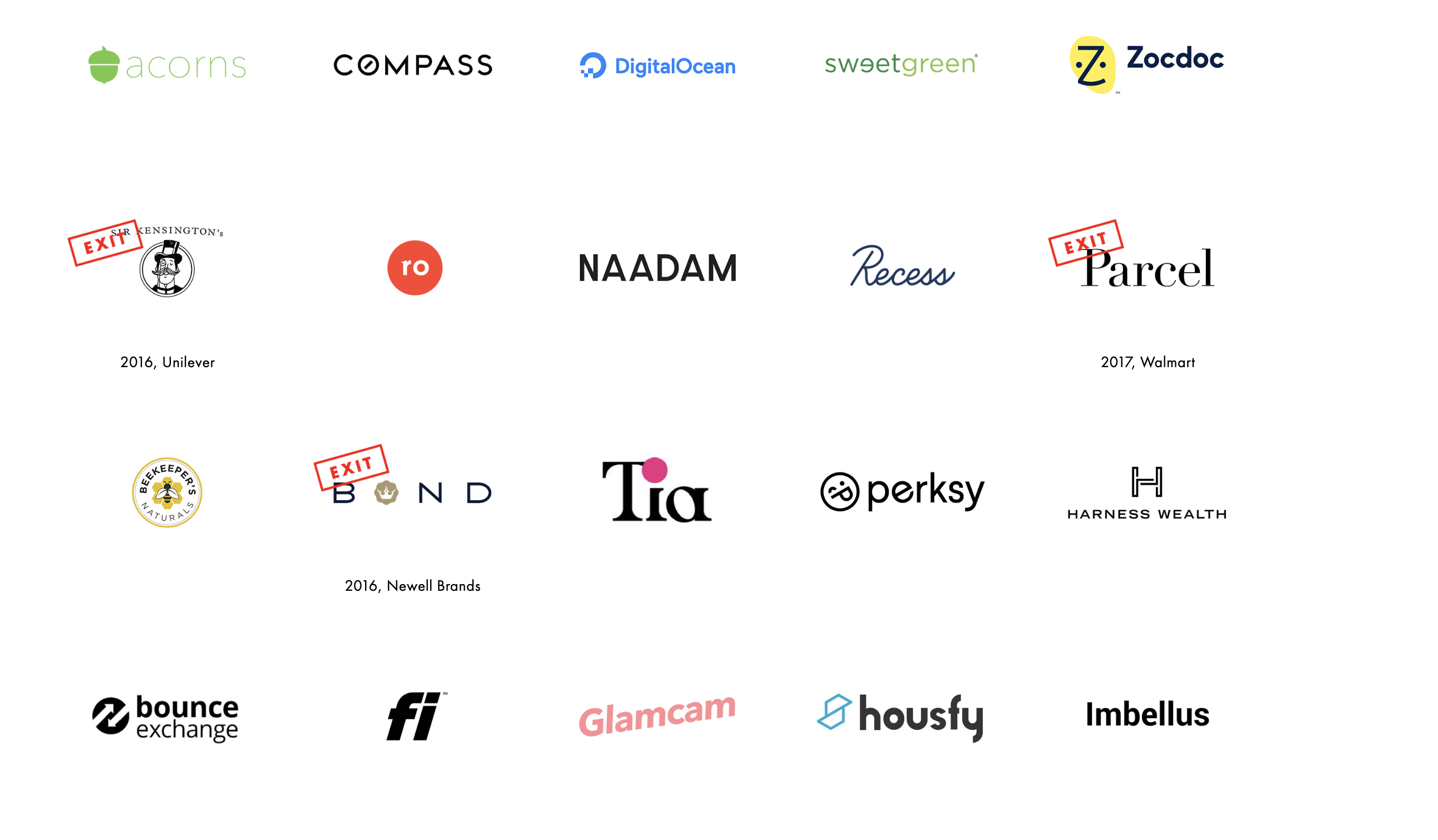San Francisco-based Forerunner Ventures is best known for its long string of bets on successful and fast-growing consumer companies. Now, its newest partner, Brian O’Malley, who has a knack for finding startups that straddle both the consumer and enterprise worlds, has written his first check on behalf of the firm, and it’s largely in that same vein.
The company: Homeroom, a two-year-old, 12-person, San Francisco-based marketplace business focused around after-school enrichment programs. In the simplest terms, the company makes free software for program organizers that provides them with a clearer way to schedule classes; organize sign-ups; and accept, process, and track payment.
It makes money from the growing number of class vendors that want to extend their reach into new school districts and which provide Homeroom with a cut every time a parent signs up his or her child for one of their after-school programs.
It’s easy to see Homeroom’s appeal. Program organizers are often parent-volunteers who are trying to keep tabs on after-school programs through email and Excel spreadsheets. Sometimes these organizers’ view into what’s what is so specific to them that they get stuck in the role — even after their own children have moved on to other schools. A startup like Homerun can also serve as kind a recommendation engine, pointing out robotics of ceramics or Spanish language class offerings that these parents or other organizers might not know about.
From a market standpoint, the opportunity that Homeroom is chasing is sizable, too. Founded by former Stanford classmates Cassandra Espinoza Stewart, who previously worked as an analyst with Greylock, and Christina Walker, a former teacher in Greenwich, Ct., where she designed after-school programs for some of its youngest students, Homeroom is basically targeting the 5.7 million elementary school children enrolled in enrichment programs after school in the U.S..
These programs cost parents from the low thousands of dollars to more than $10,000 per kid per year and, according to one estimate, are part of what had become a $23 billion industry as of last year.
Stewart and Walker think it would be far larger if more children had access to a broader selection of affordable programming. (Currently, they point out, more than 40 percent of U.S. children are not enrolled in after-school programs, despite that many come from households where both parents work.)
Indeed, down the road, says Stewart, the company might even offer a way for parents to make smaller payments over a longer period of time for enrichment programs (presumably charging them some interest for the service).
One could see such financing becoming a key part of Homeroom’s reach and generating revenue, in fact. In the meantime, its first funding round of $3.5 million in seed capital should also help.
In addition to Forerunner, other investors to participate in the newly financing includes Felicis Ventures, Precursor Ventures, Kapor Capital, and numerous angel investors. Among these are Deborah Quazzo, a partner at GSV; Tyler Bomeny, who is the CEO of the classroom software company Clever; and HotelTonight CEO Jared Simon.






